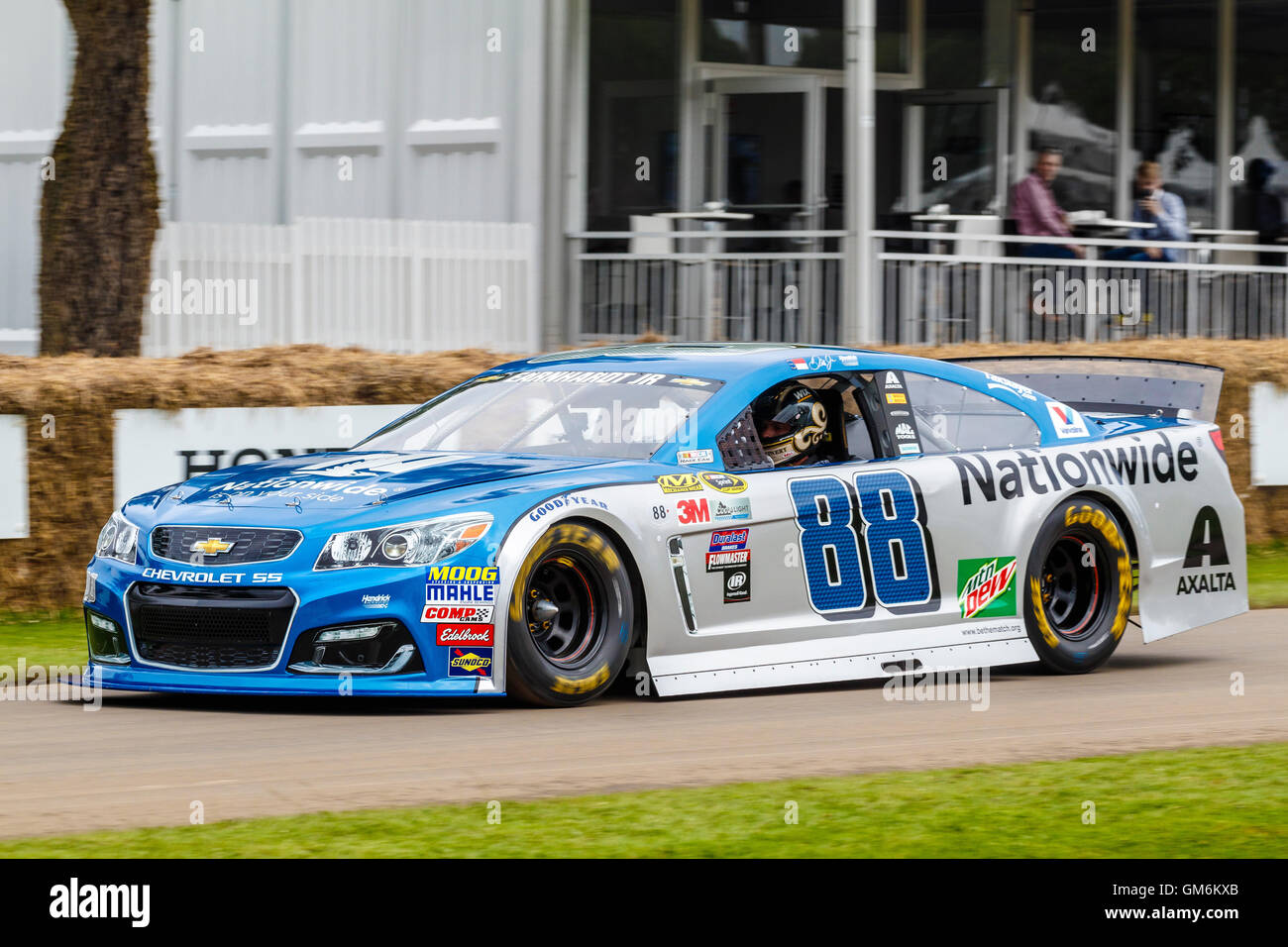VS 5.0
Well-Known Member
- Joined
- Jul 17, 2006
- Messages
- 8,009
- Reaction score
- 14,335
- Points
- 113
- Location
- Perth WA
- Members Ride
- VE SSV Z Series M6
I can't recall any quantifications, sorry … just that it's noticeable. What I'm talking about is not to do with unsprung weight, that affects handling but will hardly affect acceleration (unless it contributes to something like axle-tramp or other loss of traction); I'm talking about the change in ability to accelerate the wheels due to the mass being further from the centre.
OK try this if you're sitting in a chair that spins (at work or in a home office). Consider how little your hands/arms weigh compared to the rest of you. Spin the chair around with your arms held out, at a (safe) decent rate … then pull your arms in. You rotate faster, and noticeably faster. You've not changed the total mass involved, just pulled it in closer to the centre, and without any energy input the rate of rotation increased.
To accelerate your car, the diff has to increase the rate at which those wheels are turning; the further from the centre the mass is, the more energy it takes to increase the wheel's rate of rotation (and without spinning the wheels faster the car can't go faster).
Makes it clearer, thanks.


